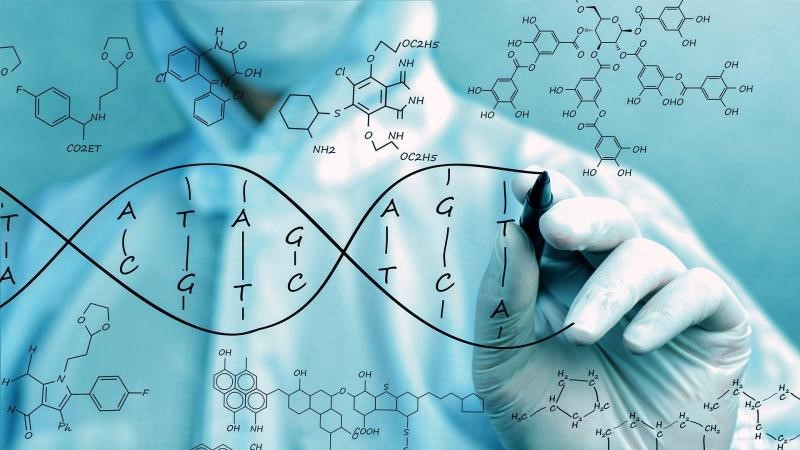First Russian DNA printer is in development

Tomsk State University (TSU) has initiated the creation of a consortium, which began the development of a printer for printing short DNA sections. The creation of such a device in Russia can lead to revolutionary changes in medicine, pharmaceuticals, chemical industry and agricultural sector.
Bioprinting of genes is one of the newest scientific directions, its leadership belongs to the United States and China. There are a limited number of high-performance DNA printing machines around the world — they cannot simply be purchased on the market. For the Russian Federation, the creation of its own unit is a strategically important goal, and such an achievement can open up enormous opportunities for solving the most complex problems of genetic technologies and technological breakthroughs.
Now scientists are trying to print longest possible DNA sections, but the complexity of chemical synthesis makes its own adjustments to these attempts — the process is very expensive. The Russian consortium, which includes TSU, ICBFM SB RAS (Novosibirsk) and TUSUR, proposed to print a diverse assortment of short fragments. The printed sections can be used as a constructor for assembling long DNA – including introducing modifications or creating new sequences.
Artificially created DNA allow to develop effective approaches in gene therapy and advanced pharmaceuticals. In addition, by changing the DNA of microorganisms, humanity will be able to solve one of the most acute problems — waste recycling. Synthetic DNA is also needed to create new agrobiotechnologies and ensure country’s food security. At the same time, the ability to print DNA will open up unlimited possibilities for researchers, allow bioengineers to quickly test working hypotheses and create innovations.
According to Aleksey Sazonov, TSU Advisor at the Rector’s Office, Project Manager in the field of biomedicine, the complexity of creating a DNA printer lies in a large number of technological barriers.
“For example, the unit requires nozzles with micron diameter holes that are resistant to extremely aggressive environments, as well as matrices for growing DNA. The creation of materials for these products is undertaken by TSU, which has the strongest materials scientists. We need precise microelectronics, precision positioning systems. TUSUR has very strong competencies in this area. Our colleagues from the ICBFM SB RAS are responsible for everything related to chemistry. They will have to develop technology for the process of DNA printing and gene synthesis,” — explains Alexey Sazonov.
A working prototype of the first Russian DNA printer will be ready by 2024. Now the consortium is working on updating the terms of reference for the unique unit.
Source: http://babr24.com/?IDE=215822

